Don’t Look Back by Boston
Buy Don’t Look Back Don’t Look Back was the much anticipated second album by Boston. After the unprecedented success of the group’s debut album, the two year wait was considered a long gap between […]
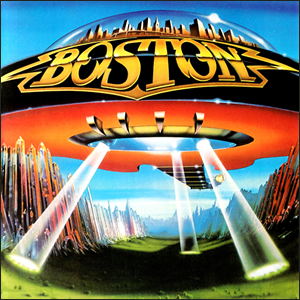
Buy Don’t Look Back Don’t Look Back was the much anticipated second album by Boston. After the unprecedented success of the group’s debut album, the two year wait was considered a long gap between […]
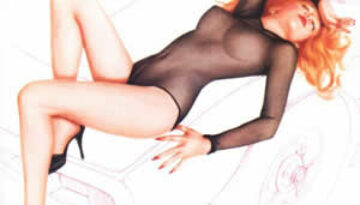
Following up on a massively successful debut album is a daunting task. A group may want to build on their most successful musical elements while still leaving room to explore new directions. The […]
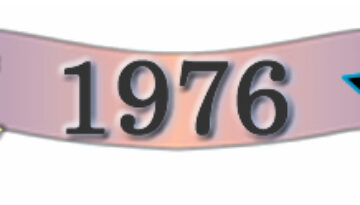
Buy Boston Although portrayed as a true “band”, Boston was really pretty much a solo project by engineer Tom Scholz. An M.I.T. graduate then working for Polaroid, Sholz built a home studio in […]
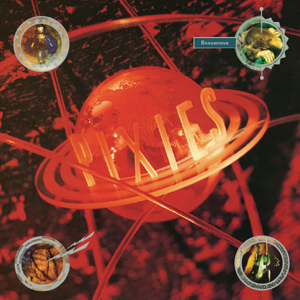
Buy Bossanova One who appreciates an album which flows in a seamless order from track to track will not be happy with Bosanova, a collection of short tracks that change radically from one […]
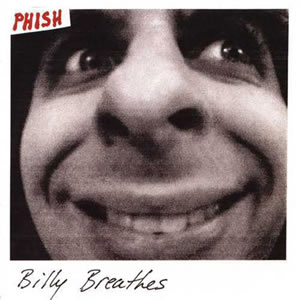
Buy Billy Breathes As their sixth official studio album, Billy Breathes is an early indication of Phish moving towards more mainstream rock music. Here, the four-piece group combined folk, rock and psychedelic into […]
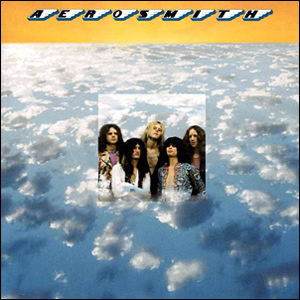
Buy Aerosmith Aerosmith emerged as a blues rock alternative in a music sea of glam rock and prog rock of the early 1970s. Their impressive 1973 debut album doesn’t contain anything particularly innovative […]